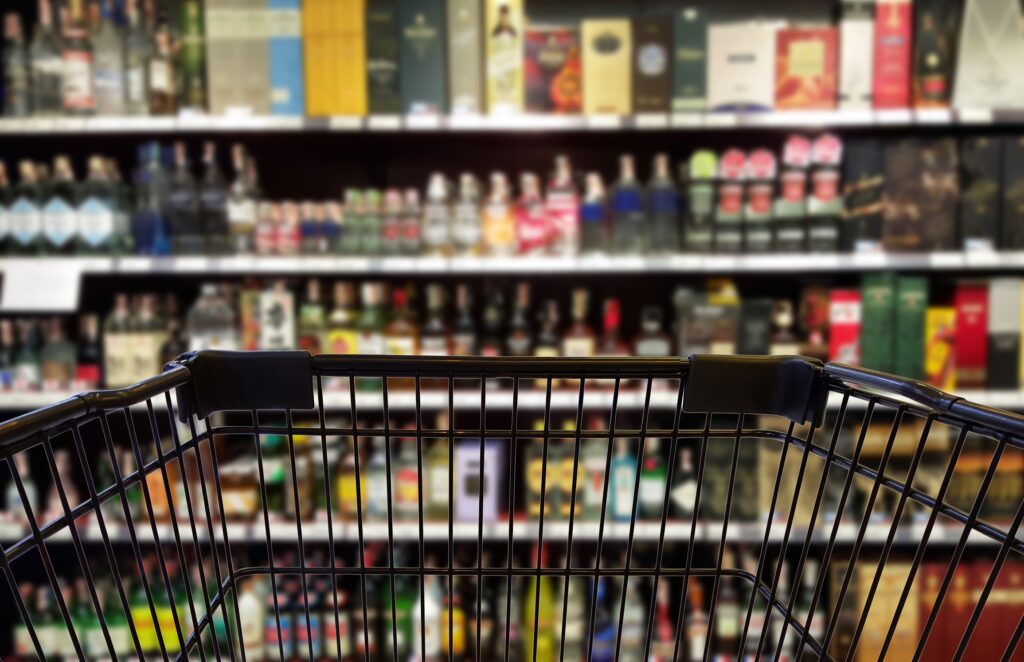Keeping Youth Out of Detention is Important Now and in the Future
And I’m at home. I have all of my things. I am social distancing with my fiancé and my dog, and still, I have to take this day by day.
A lot of people probably feel the same way, but some people have it worse. Imagine being a 16- or 17-year-old kid in complete isolation at a juvenile detention facility, where both the risk of contracting coronavirus is higher and the mental distress of being separated from family is greater.
The juvenile justice system was established to respond to the distinct needs of children, but when young people are detained in secure facilities, they often find themselves under significant stress and mental duress. Particularly during this global pandemic, we should be very discerning about when and for how long we detain youth in secure facilities.
Diseases spread faster when people are crowded together, and juvenile detention centers are often overpopulated. One solution to the overpopulation of secure juvenile detention facilities is to divert young people away from the criminal justice system by supplying community-based rehabilitation and supervision opportunities.
Justice-involved young people have better outcomes when they are surrounded by supportive networks of individuals working to help them succeed. Social workers, probation officers, schoolteachers and community members all help young people recover from momentary mistakes that lead to involvement with the juvenile court system. But these community servants are often inaccessible to kids behind bars.
Diverting youth from secure detention and providing opportunities for removal from the criminal justice system is better for young people in the long run. Less involvement with the justice system leads to better educational and employment opportunities, and when a young person is not removed from their home or their community they are more likely to contribute to the place that has invested in them. Working to help young people succeed is better for all of us.
Washington state was hit initially and savagely by COVID-19. While doctors and nurses work tirelessly to manage the cases, considerations about incarcerated populations are also rising to the surface. While one county in Washington had established some of the country’s best practices for helping young people be successful on probation before the pandemic hit, this ever-shifting time has led to further discussions of how best to keep youth out of detention facilities.
Once the pandemic ends, keeping youth out of detention facilities should remain an important topic of conversation. When it comes to methods of providing alternatives to detention, other localities should look to Pierce County to model their methods of diversion and supervision.
Pierce County’s individualized case planning incorporates an incentive package that promotes positive youth development by including options like YMCA memberships, internships and early termination of probation. Termed “opportunity-based probation,” or OBP, this model aims “to integrate principles of adolescent development and effective behavior management into probation supervision.” The initial results of the program suggest that such a focus on positive development increases public safety. Unfortunately, the principles of community involvement and physical activity are not feasible right now.
So during the pandemic, Pierce County is discussing creative ways to incorporate technology into juvenile supervision programs. The juvenile court is transitioning delinquency hearings to allow all participants to join via telephone. Additionally, there are some preliminary talks about employing an app to allow youth to engage with and report to their supervision officers remotely.
We would all like a little bit more community engagement at the present moment, and it seems that this period of isolation is increasing everyone’s ability to empathize with people—especially young people—who are serving a period of detention. To reduce the risk of transferring COVID-19 in detention facilities, and to decrease the mental health strain of isolation, states and counties across the country should consider ways to remove young people from secure detention facilities immediately. And they should consider alternatives to detention once the pandemic is over.
Image credit: Billion Photos









